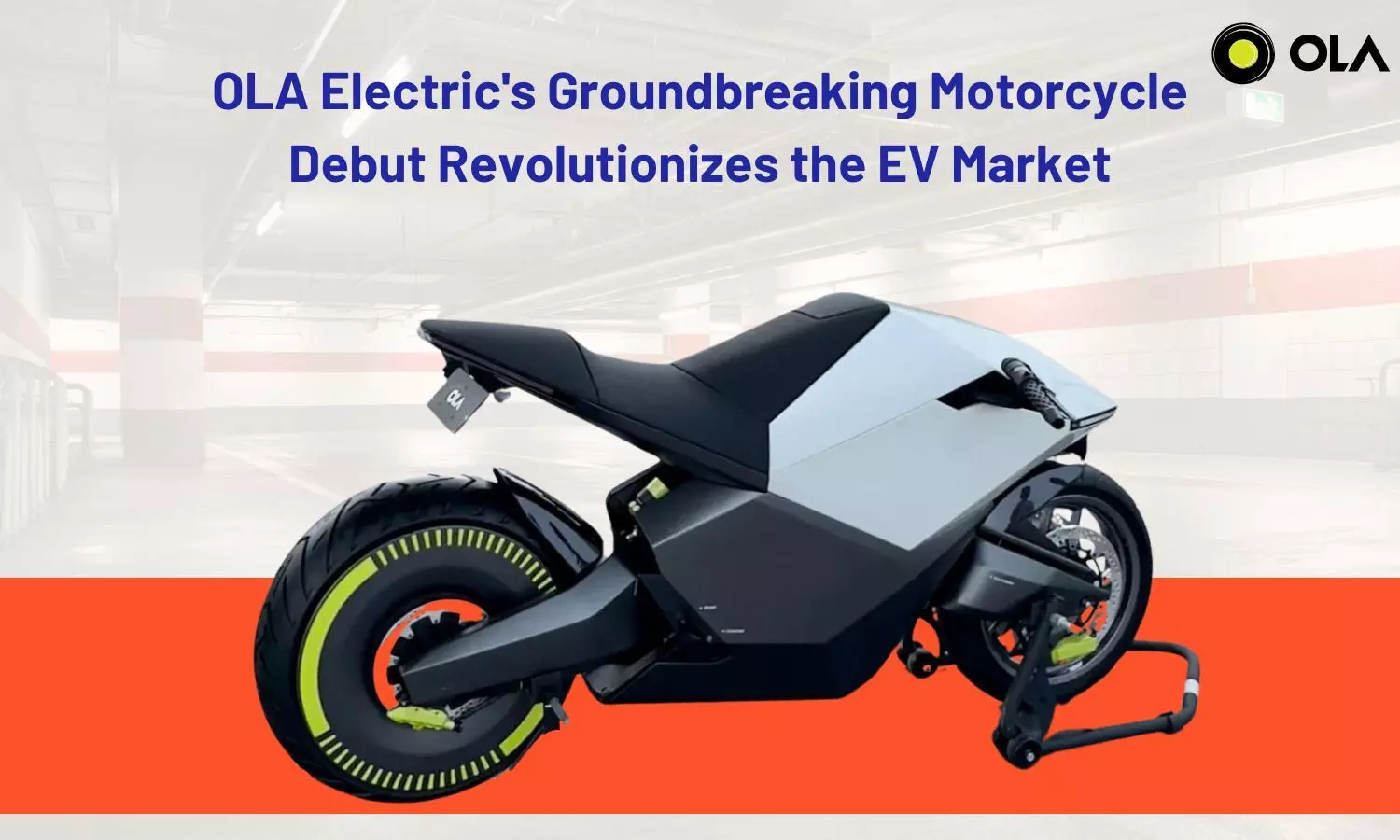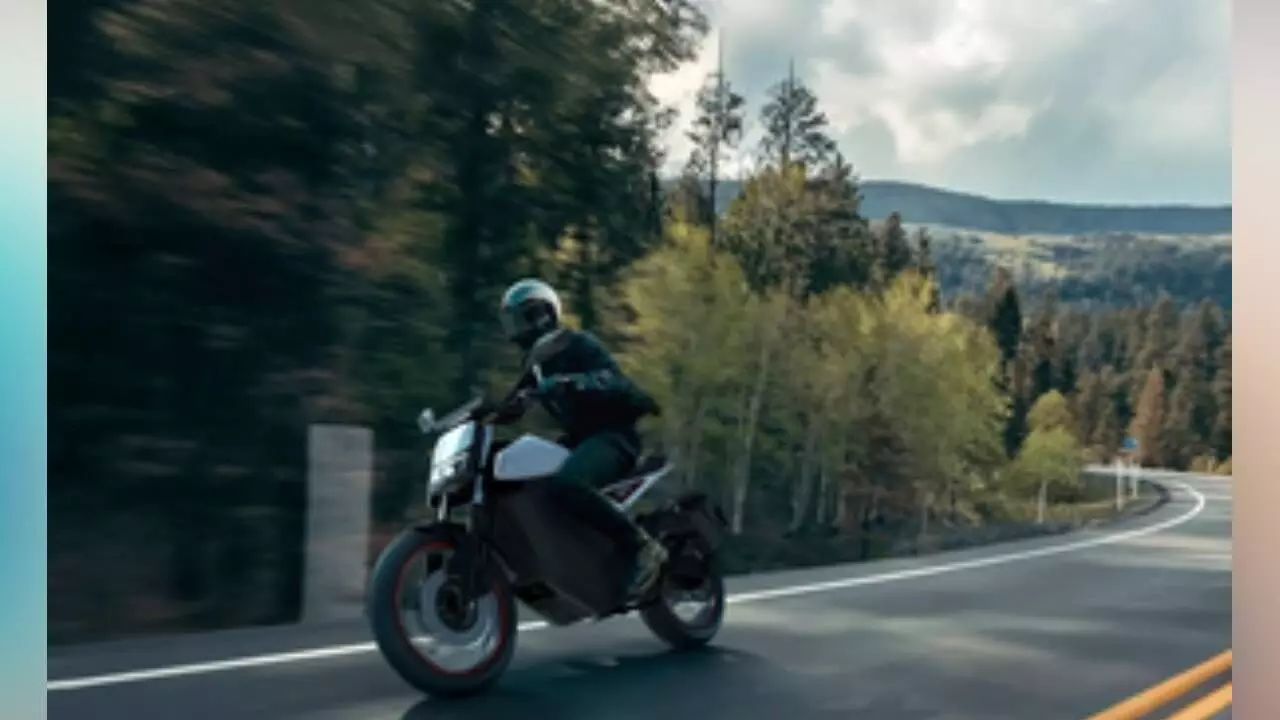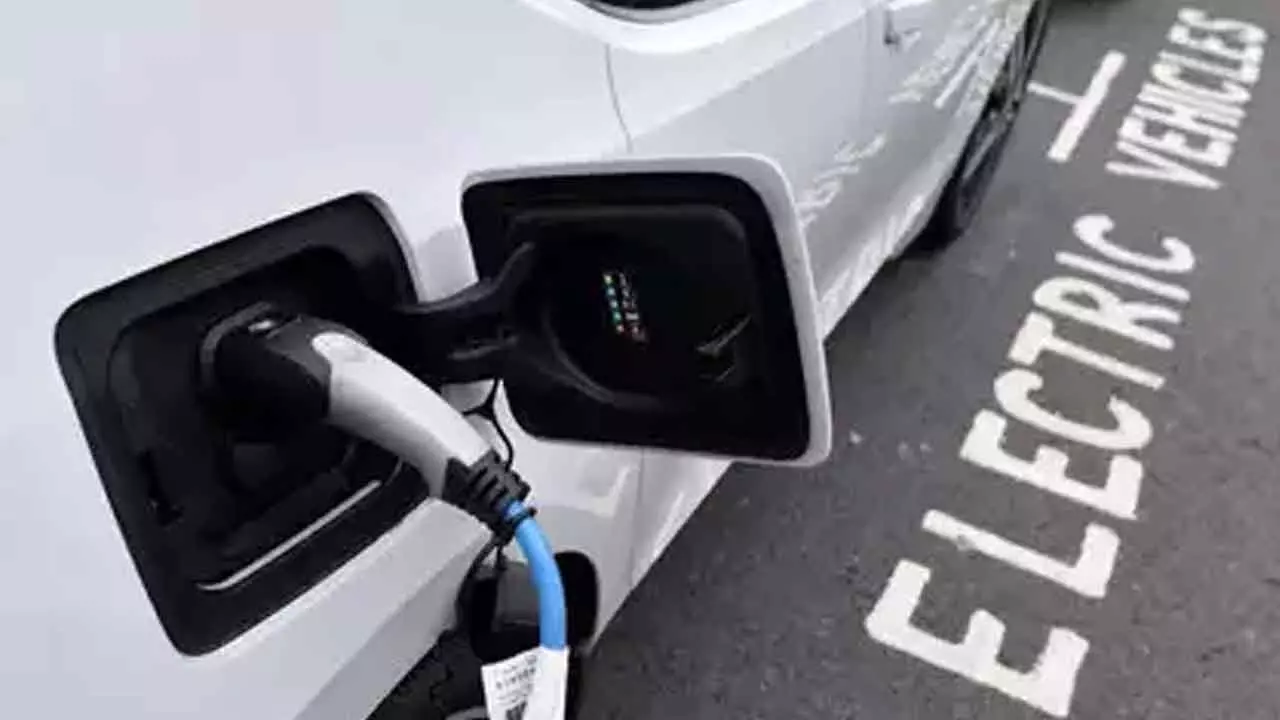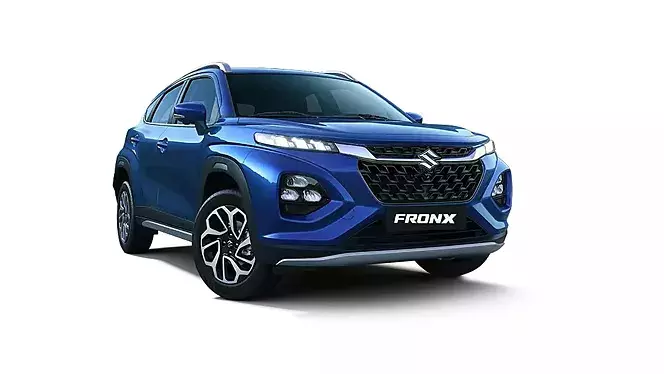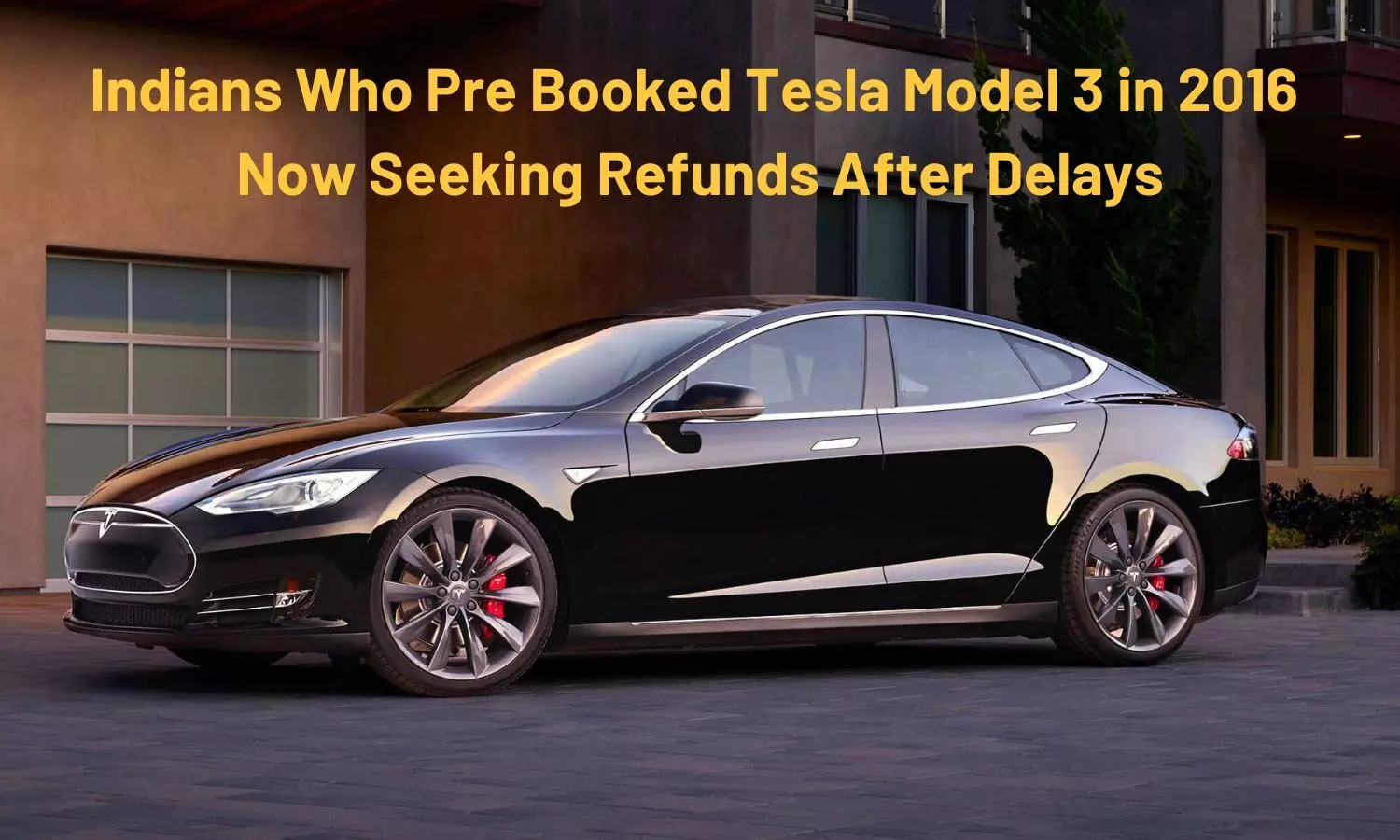MapmyIndia has claimed that Ola Electric took the license of its APIs and SDKs and then embedded and integrated it with their software. Verma also questioned Ola’s claim to have used OpenStreetMap to develop Ola Maps
Homegrown digital navigation firm MapmyIndia has questioned claims of Ola-parent ANI Technologies on developing a navigational map of India and called the announcement a “gimmick”.
In an interview after sending a legal notice to Ola Electric, MapmyIndia CEO Rohan Verma questioned Ola’s claim that the map has been supplied by a startup Geospoc Pvt Ltd, which was acquired and became a subsidiary of ANI Technologies, based on its financial records as developing a digital navigational map of a large country like India requires huge investments and expertise.
Verma denied any risk to the company’s business due to Ola Maps as its quality is not good.
“We don’t see a business risk, because we don’t see a good product coming from there. People are complaining left, right and centre, about their (Ola) updated cab app, their updated electric vehicle app, that their maps are pathetic and causing users problems. Everybody knows that these are just announcements and gimmicks,” he said.
When contacted, an Ola spokesperson said, “Ola strongly refutes the baseless and motivated statements made by MapmyIndia. They are a clear indication of the company’s desperate attempts to stay relevant by maligning its competitors. The company’s single-product business has clearly lost its edge to superior and new-age players.”
Ola has responded to MapmyIndia’s legal notice and now the responsibility rests with them to prove their case. Ola stands by the integrity of its business and will take all steps needed to protect its interests.” MapmyIndia sent a legal notice to Ola on July 23, three days before the release of Ola Electric’s Red Herring Prospectus, for breach of terms and conditions of the licence agreement that Ola Electric had signed in 2021 with the company to use APIs (Application Programming Interfaces) and SDKs (software development kits) for navigation.
Verma said ANI Technologies had signed a licence agreement with MapmyIndia way back in 2015 to use map data.
Electric two-wheeler maker Ola Electric in its RHP has stated that Ola Maps is owned by, and supplied to it by an extremely small startup Geospoc Pvt Ltd. “One should see Geospoc’s bona fides and investments, or more pertinently the lack of them, whether before or after the acquisition by Ola, and then add on the context that Ola Electric licensed Mapmyindia APIs and SDKs…Then one really wonders as to the veracity and bona fides and quality and accuracy of Ola’s claims about Ola Maps,” Verma said.
MapmyIndia has claimed that Ola Electric took the license of its APIs and SDKs and then embedded and integrated it with their software.
“It is known that building maps is a serious business. It requires long investment of time, capital and expertise. World over, despite many trying, you have very few players globally who sustained or succeeded. It is just not possible that someone can just come up and say suddenly that I have created maps without the right track record and bona fides, let alone somebody that has been actively using map data and APIs and SDKs of some other company for multiple years,” Verma said.
He also questioned Ola’s claim to have used OpenStreetMap to develop Ola Maps. “If any well-meaning Indian goes to www.openstreetmap.org, they themselves will realise why it shouldn’t be used. The accuracy of these various competitors’ maps is definitely something that people will find very much lacking. It’s not easy to build an accurate map. On the product side, people should be very careful of these gimmicky, Fly By Night products,” Verma said.
Talking about the company’s June 2024 quarter financial performance, Verma said that CE Info Systems, owner of MapmyIndia brand, has had a good start to the year. “We are on track for our milestone of achieving Rs 1000 crore revenue by Financial 2027 or 2028. We are an annual business, and quarters can be lumpy,” he said.
CE Infosystems posted a 12.1 per cent increase in consolidated profit after tax to Rs 35.9 crore in the first quarter ended June 30, 2024. The company had reported a net profit of Rs 32 crore in the same period a year ago. The consolidated revenue from operations grew by 13.5 per cent to Rs 101.5 crore during the reported quarter from Rs 89.4 crore in the June 2023 quarter.
“We ended last year with, I think, an open order book of Rs 1300 crore and that grew from Rs 900 crore open order book the year before. Those are the predictors for the growth in the revenue. It’s fairly easy to predict growth in our revenue based on seeing the order book history,” Verma said.
He said that the company is now also going to foray in international markets with an initial focus on South East Asian countries.
